Device manager, it is one of the most important part of the MS windows OS of any kind. It is that section of the windows that has all the devices that have been installed as listed. On the other hand it is also used to maintain the devices that attached to the system. It therefore means that the user needs to ensure that the section is accessed to get the work done without any issue and trouble. There are different versions of the windows and therefore the windows device manager can be accessed using different techniques.
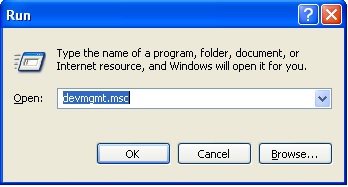
This tutorial has been written to ensure that the work is done in line with the requirements when it comes to device manager. It also has the processes that can be used to access the device manager in different versions of the windows. The advantages that are associated with the idea are also the ones that are to be considered once this tutorial has been read.
Part 1: Advantages of Device Manager
There are several advantages that are associated with the device manager. Some of them have been listed as under:
• The user can see the devices that are listed onto the interface. It also means that the user can actually count the devices that are working with the system.
• The device manager also lets the user manage the devices with ease and satisfaction. It means that the user needs not to worry about the devices that are not working and can resolve the related issues.
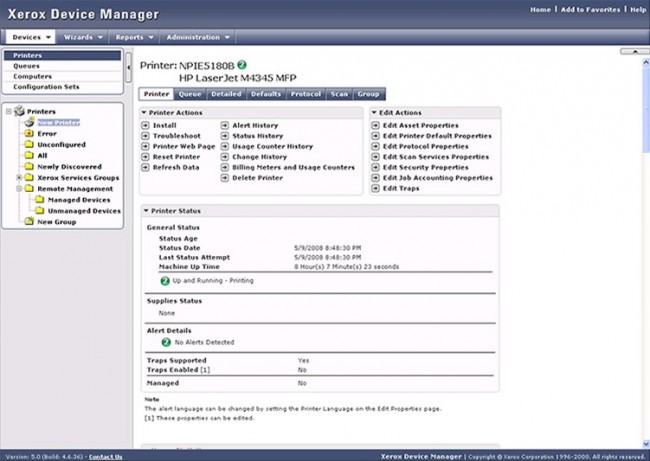
• The device manager is also one of the options that lets the user detect the exact device which is related to the issue which is being created. It also means that the user needs not to look for the other sections as all the malfunctioning devices are listed here. It therefore lets the user take the measures to curb the situation.
• This section of the windows is also easy to access. Irrespective of the windows version it is one of the sections that are easy to browse and therefore it does not need any special commands as well as windows to get access to.
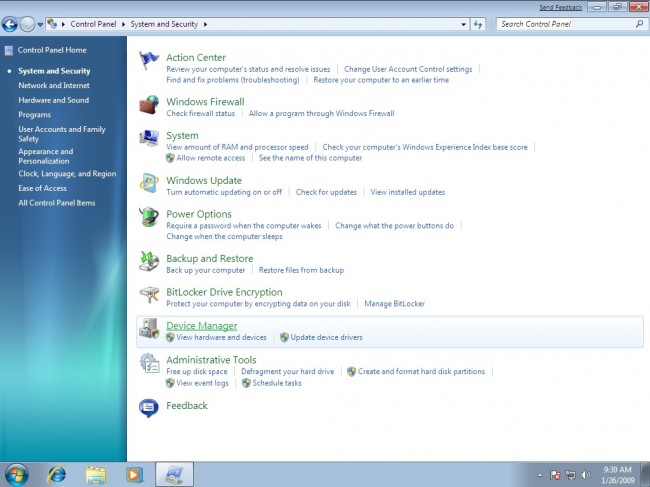
• The user also needs to ensure that the devices that are attached to the system are clearly gone through in case the user gets any issue.
• There are different symbols that are used by the manager to depict the faulty devices. It again makes it easy for the user to judge the devices that are not working up to the mark. The process here is too easy and straightforward to follow.
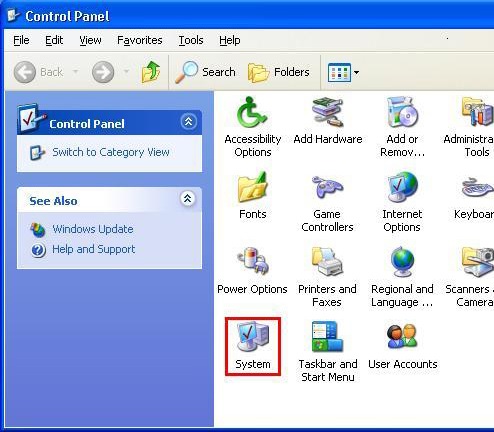
Part 2: How to access device manager?
The process of accessing the device manager is different in different windows. In this section of the tutorial the user will come to know the processes that are associated with the different versions. The processes have been segregated as below:
• Windows 10
• Windows 8
• Windows 7
• Windows XP
Accessing the device manager in windows 10
The user needs to ensure that the process that has been mentioned as below is followed to access the device manager:
1. The user needs to right click the start menu so that the follow menu appears:
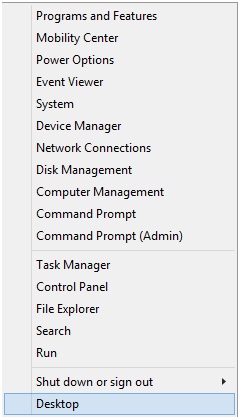
2. The device manager is then to be selected from the list that has been opened:
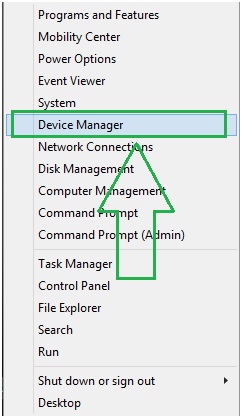
3. The user can see the device manager windows as follows. It also completes the process in full:
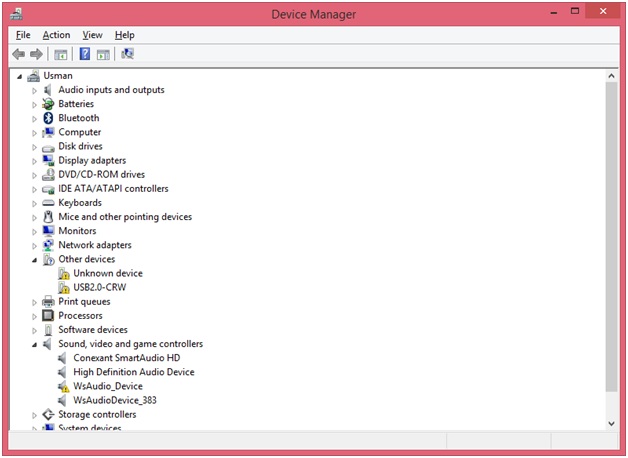
How to access the device manager in windows 8
The process that the user needs to follow has been mentioned as below. It is easy to use and therefore the user needs no extra tools to get the work done. The built in tools are used to get the work done to ensure that the work is done completely:
1. The windows button is pressed to ensure that the following screen appear:
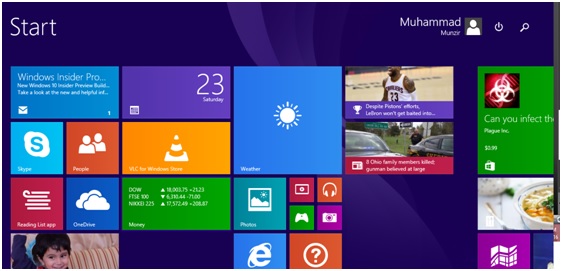
2. The search bar is then to be pressed so that the following menu appears:
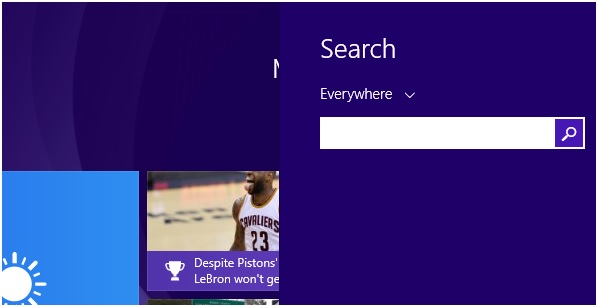
3. The user then needs to type in “Device Manager” so that the suggestions pop up:
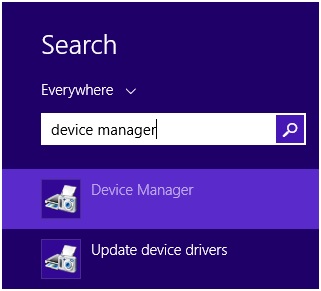
4. The user then needs to press the device manager tab that appears. This also completes the process in full:
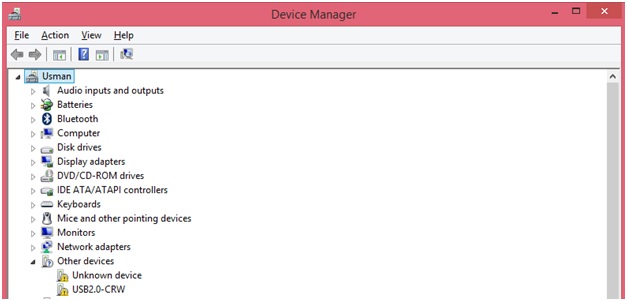
How to access Device manager in windows 7
The process that is to be followed has been mentioned as follows. It also means that the user needs to follow the steps that are mentioned as follows:
1. On the desktop the user needs to right click the My Computer icon so that the following menu appears:
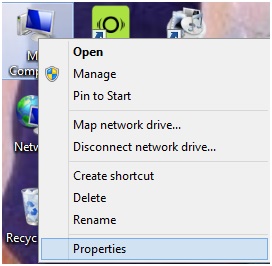
2. The properties tab is then to be accessed to proceed in this regard:
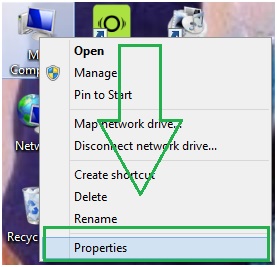
3. On the next window the Device Manager is to be accessed. It can be seen on the left column as shown:

4. The user can then see the device manager window. It completes the process in full:
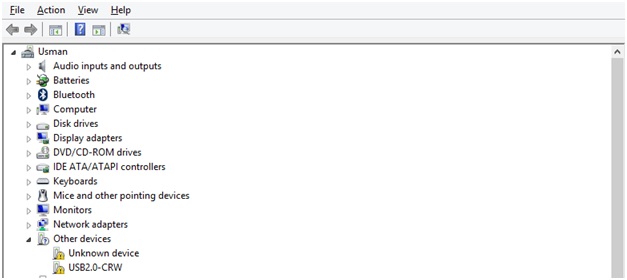
How to access the Device manager in windows XP
The steps and the process that is to be followed has been mentioned as follows:
1. The windows + R key is to be pressed to proceed with the process. Within the run window the user needs to type in “devmgmt.msc”:
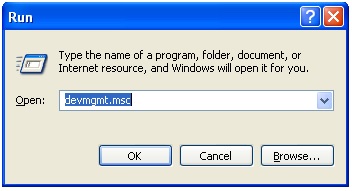
2. The user can then see the device manager window as below. The process completes here in full for windows XP:
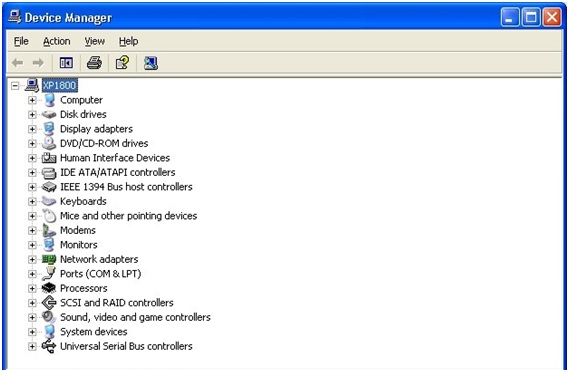
Note
The user can follow the same process for accessing the MS windows device manager in windows 10, 8 and 7. For windows XP the process is slightly different and therefore the user needs to ensure that it is followed completely to get to the desired panel with ease and satisfaction.
With the advancement in windows OS the device manager software is also getting to new heights. It means that the user gets the work done relatively easy and therefore the device manager lists the advanced functions as well. For the users who are in habit of accessing the device manager to troubleshoot the devices are requested to change the version of the windows to get the work done. It will not only bring forth the best terminologies but will also assure that the user gets complete satisfaction when it comes to attached devices.
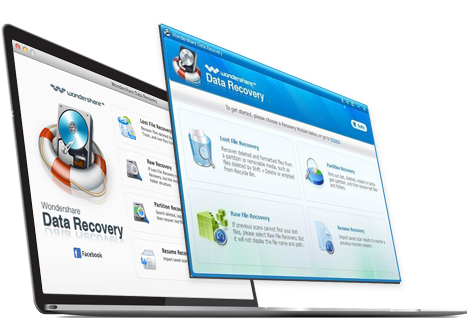
- Recover files in 550+ formats from your computer storage quickly, safely and completely.
- 3 Recovery Modes to help you recover lost files under different situations
- Supports data recovery from trash, hard drive, memory card, flash drive, digital camera and camcorders
- Preview before recovery allows you to do a selective recovery
- Supported OS: Windows 10/8/7/XP/Vista, Mac OS X (Mac OS X 10.6, 10.7, 10.8, 10.9, 10.10, 10.11 El Capitan and 10.12 Sierra) on iMac, MacBook, Mac Pro etc.






